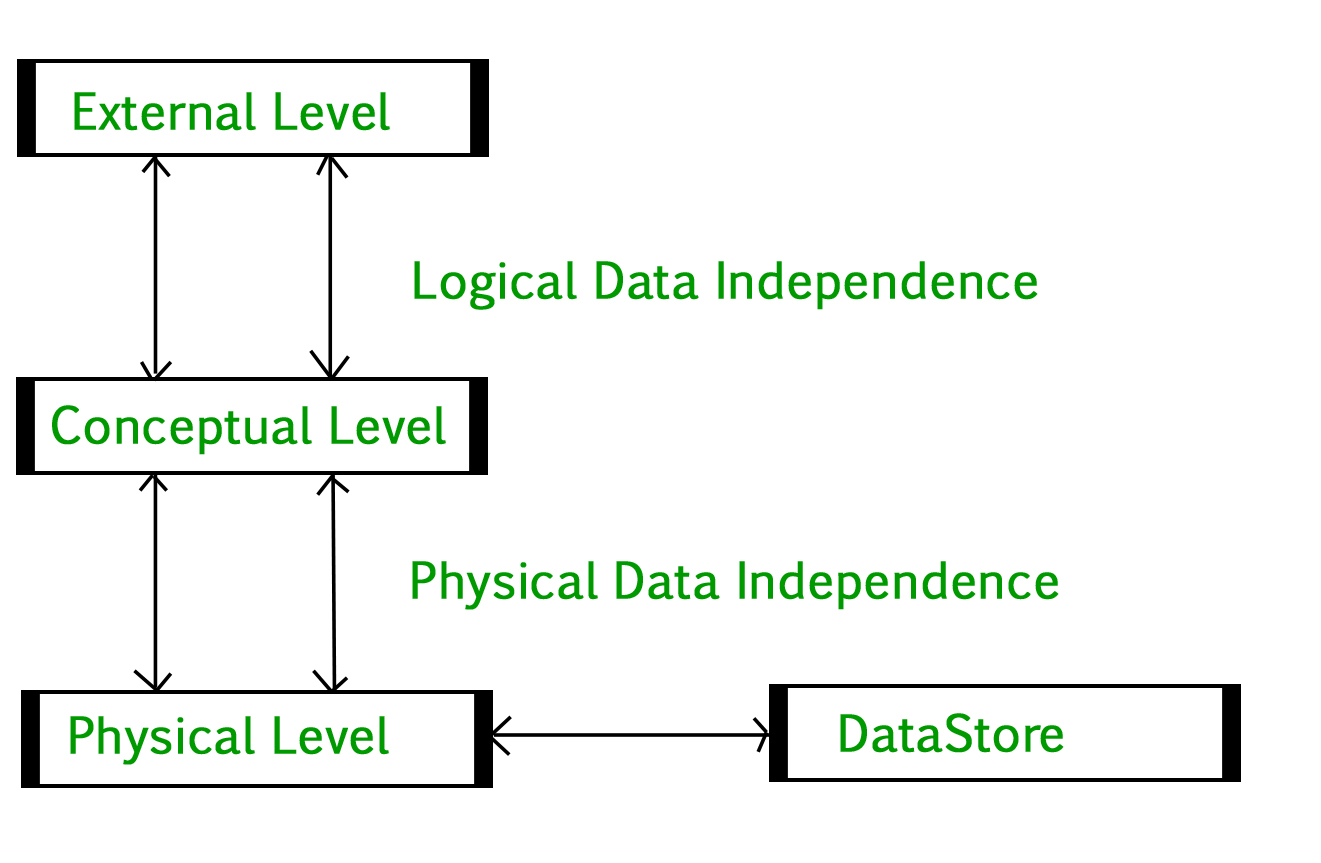Specialization, Generalization, Aggregation in ER Model
Specialization, Generalization, Aggregation in ER Model: Generalization: It is the process of extracting common properties from a set of entities and create generalized entity from it. It is a bottom-up approach in which two or more entities can be generalized to a higher entity, if they some attributes in common. For Example, STUDENT and FACULTY can be generalized to a higher level entity called PERSON. Specialization: Here, an entity is divided into sub entities based on characteristics. It is a top-down approach where higher level entities can be divide into two or more lower level entities. For example, EMPLOYEE entity in an employee management system, can be specialized into DEVELOPER or TESTER. Aggregation: An ER Diagram is not capable of representing relationship between an entity and a relationship which may be required in some scenarios. In those cases, a relationship with corresponding entities is aggregated into a higher level entity. Aggregation is an abstraction throu...

Comments
Post a Comment